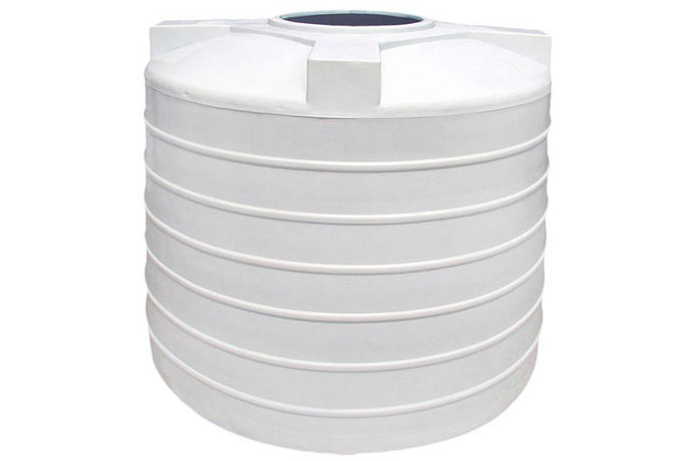Living far from the big cities in Australia means two things. One, you have to have a potable water tank to survive. Two, you have to have that tank inspected regularly to ensure that your water isn’t lost or contaminated.
Here’s how one diving company ensures everyone’s safety during routine potable water tank inspections.
Inspect the Outside of the Tank First
Before the inside of the tank can be inspected, the outside requires a thorough inspection. The inspector is looking for leaks, weak spots in the metal or the rivets, and signs of rust. He or she is also looking for ways for bugs to get into the tank and contaminate your water. With all the poisonous and toxic beasties running around Australia, you want to be certain that they aren’t climbing or slithering into your drinking water.
Inspect the Ladder That Goes up the Side of the Tank
Most people with a water tank have a ladder that is attached to the side of the tank. In the event that the water pump isn’t getting water through to the house, you can climb the ladder and fish the water out by the bucketful. The ladder is also useful for regular inspections and checking the water for algae and other plant growths that are not healthy to drink.
Additionally, the ladder should not be loose. If it is, it presents a danger to everyone climbing it. You will need to secure the ladder firmly in place before the rest of the inspection can continue.
Hire Only Licensed and Insured Professional Divers to Inspect the Inside of the Tank
It is not a good idea to hire just anyone who can dive in scuba gear. Hire only those professionals who are licensed in scuba diving and who have been fully trained to inspect the inside of a potable water tank.
Have the Divers Clean and Repair the Tank
When these professionals tell you that you need to make some repairs to the inside of the tank or that the tank needs to be cleaned, don’t hesitate on their recommendations. This is your drinking water! Have them fix the issues they see right away and clean the tank to keep the water as fresh and as pure as possible.
Stand Back During the Valve and Gate Inspections
The inspector will examine the valve and gate of your water tank by opening the valve a bit to see what happens. This may create a sudden burst of water out of the valve. Anyone standing within twenty feet of this short burst of water may be knocked down or soaked, at best.
Divers Should Have Their Own Wash Down Methods That Meet Industry Standards
To inspect the inside of a potable water tank, the diver actually has to dive inside the tank. This often raises questions about a human contaminating the water by essentially soaking and submerging him/herself in it. However, professional divers that perform potable water tank services have to wash down methods that make them as clean and as disinfected as they can be before they enter your tank. As an added measure, they add water treatment chemicals that can eliminate any possible contaminant they may miss washing off before they climb into the tank.
Ask to See Diver’s Confined Space and Height Access Certification
Australian regulations require that all divers working in the capacity of tank inspections have their confined space and height access certification. This is training that certifies that a diver is comfortable in a tight area and any areas of extreme height or lowered height access. Considering the risks they are taking with jumping into a water tank that is mostly enclosed and very dark, it helps to know that your diver isn’t going to have a panic attack or require a second diver to rescue him/her.
Have the Water Tested During Inspection
It is important to have your potable water tested during the inspection. It should be free of the majority of the most dangerous contaminants, and a few that are less common. Then you know that your water is safe to drink.
Author’s Bio: Lisa Eclesworth is a notable and influential lifestyle writer. She is a mom of two and a successful homemaker. She loves to cook and create beautiful projects with her family. She writes informative and fun articles that her readers love and enjoy. You can directly connect with her on email – lisa@lisaeclesworth.com or visit her website www.lisaeclesworth.com


